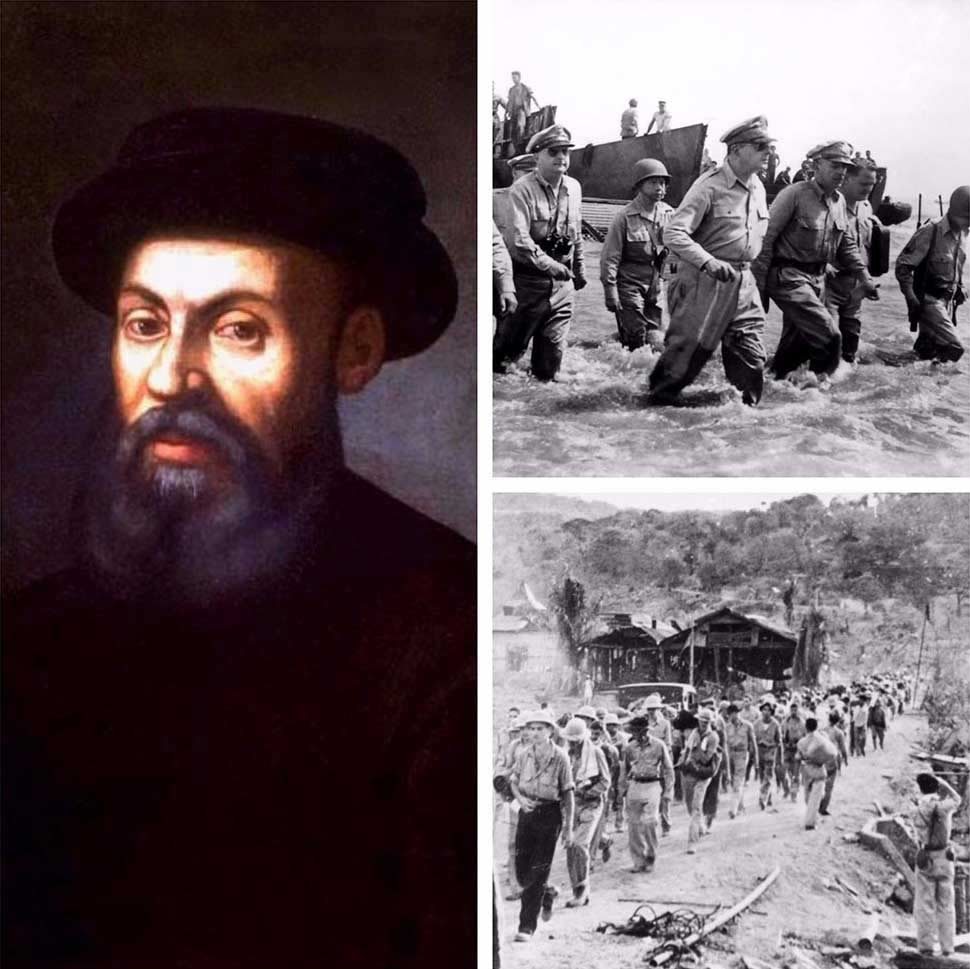 Know the interesting facts about the Philippines, a beautiful country in Southeast Asia.
Know the interesting facts about the Philippines, a beautiful country in Southeast Asia.
Called the “Pearl of the Orient Seas”, the Philippines consists of about 7,641 islands with a population of over 103 million people. The nation’s capital city is Manila, while Quezon City is the most populous.
The Philippines is an archipelago with Luzon, Visayas, and Mindanao as the three main geographical parts of the country. It is blessed to have some of the world’s famed natural resources and wonders, and some of these resources are sought after by other countries and exported.
In terms of government, they run a democratic republic with a President and Senate but were previously colonized by Spain, USA, and Japan. As a result, the Philippine culture is heavily influenced by these countries and that has contributed to its diversity. Know the interesting facts about the Philippines from its rich culture and notable history. Let’s discover these facts and let’s find out how the nation came to be as it is today. Keep reading to understand the Philippine history and its people, and learn the ‘whats and whys’ of the country and its rich culture.
In the year 1521, a Portuguese traveler named Ferdinand Magellan landed on the island of Limasawa in Southern Leyte. This arrival would eventually mark the colonization of the Philippines under Spain. A few years later, Miguel Lopez de Legazpi established the first Spanish settlement and other explorers eventually started occupying other regions on the country.
 Know the meaningful history of the Philippines, a country with a profound background.
Know the meaningful history of the Philippines, a country with a profound background.
Under Spanish rule, the country was labeled Las Islas Filipinas, named after the then King Philip II. Although it is part of Asia, the country’s culture also has western influence because it was colonized by Spain for more than 300 years.
Being a Spanish colony opened doors for the country in terms of trade and politics. Spain also introduced Catholicism to the country, which is still the major religion to this day. Throughout their rule, the Spaniards also established schools, churches, and even hospitals, which laid the groundwork for the country’s development. However, the oppressive rule became too much for Filipinos and it fed their hunger for independence.
1896 was the year the Philippine Revolution broke out after the Spanish government discovered KKK, a rebel group whose main goal was complete independence from Spanish rule. After several armed revolts along with the defeat of the Spaniards against Americans, the Philippines officially declared its independence on June 12, 1898.
But shortly after, they were conquered by the US. Not only that, it turns out Spain relinquished their hold of the Philippines to the US through the Treaty of Paris. The country remained a US colony until 1946. In that short time, American culture cemented in the country, which persists to this day.
By far, the most brutal and cruel colonizers in the country’s history would have to be the Japanese. They sieged the country during WWII 10 hours after the attack of Pearl Harbor. Because most of the troops were wiped out during the attack, the lack of reinforcements eventually led to the country’s surrender to Japanese rule in 1941. Furthermore, more than 7000 to 10000 remaining American and Filipino soldiers lost their lives during the infamous Bataan Death March.
For over three years, the Philippines suffered the oppression of the Japanese. If it weren’t for the successful guerilla tactics of the Filipinos and the eventual support of American troops, the Philippines would not have thrived today. The Philippines managed to obtain independence from Japan in the year 1945, eventually becoming a republic in 1946.
 Explore the Philippine culture, where interesting facts are laid down.
Explore the Philippine culture, where interesting facts are laid down.
What these facts tell us is that a country is reflected through its history and culture. In the case of the Philippines, it had to go through all it went through in order to be dubbed as “The Pearl of the Orient Seas.”
As a result of being colonized by Spain and the US, Philippine culture has a perfect blend of east and west. Some of the reflections of Spanish culture include the number of festivals and holidays in honor of saints, taking Spanish names and surnames, and numerous streets and provinces named after prolific Spanish figures.
As for the US, one of the most obvious reflections of their influence would be the ability of Filipinos to speak fluent English. In fact, it is officially recognized as the country’s second language and is spoken by 14 million Filipinos. Others would be the introduction of American food, music, fashion, and films.
Despite being colonized for so long, Filipinos were still able to retain their own culture. The most telling would have to be their overall attitude. Filipinos are known to be hospitable, loving, family-oriented, patriotic, hardworking, and smart.
All in all, the Philippine culture is something that needs to be respected. Its origin is well-founded and should make Filipinos proud. Interesting facts about the Philippines are important in knowing how the Philippines came to be, and what it could become in the future. Their culture and history have molded all the Filipinos, even the ones working abroad, and shaped the country into what we see today.







